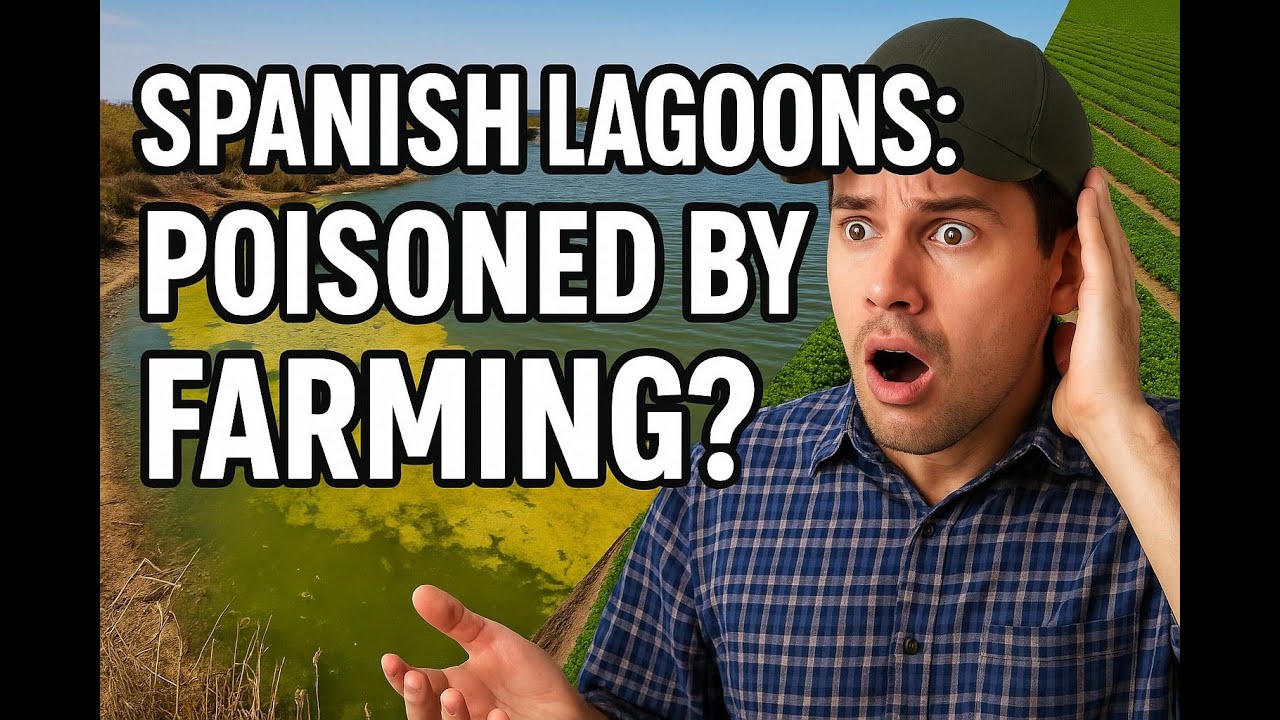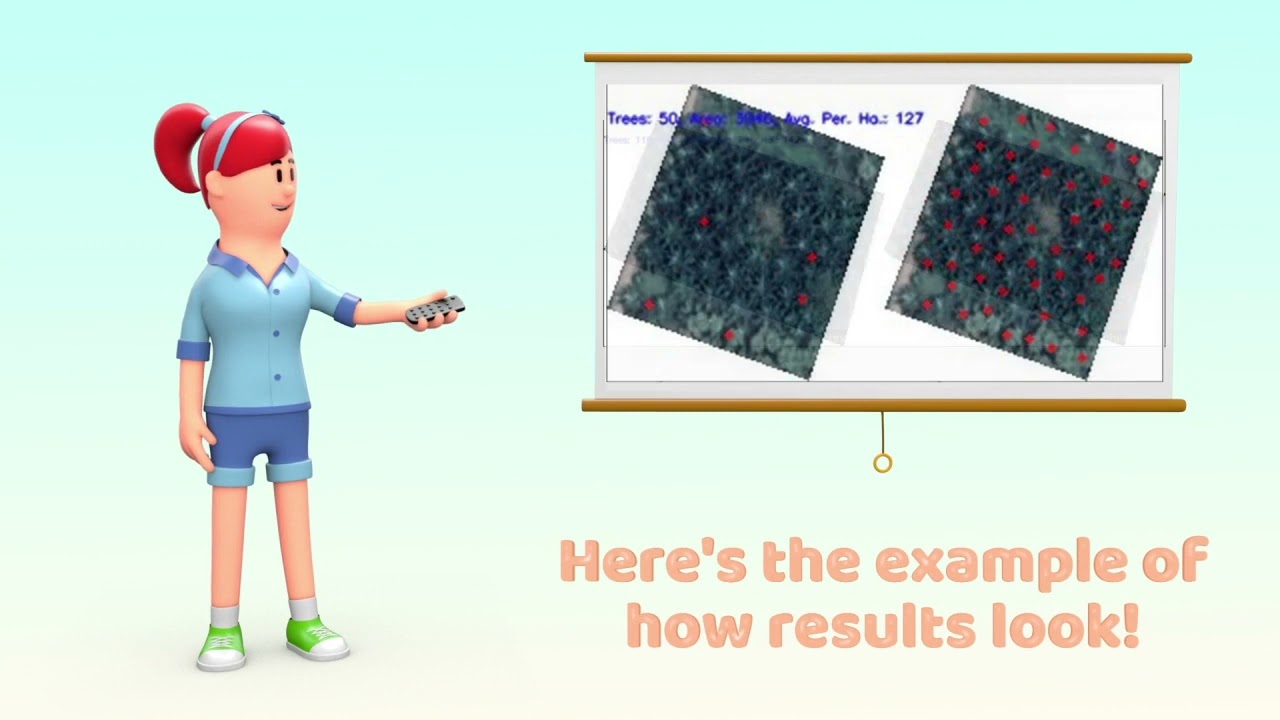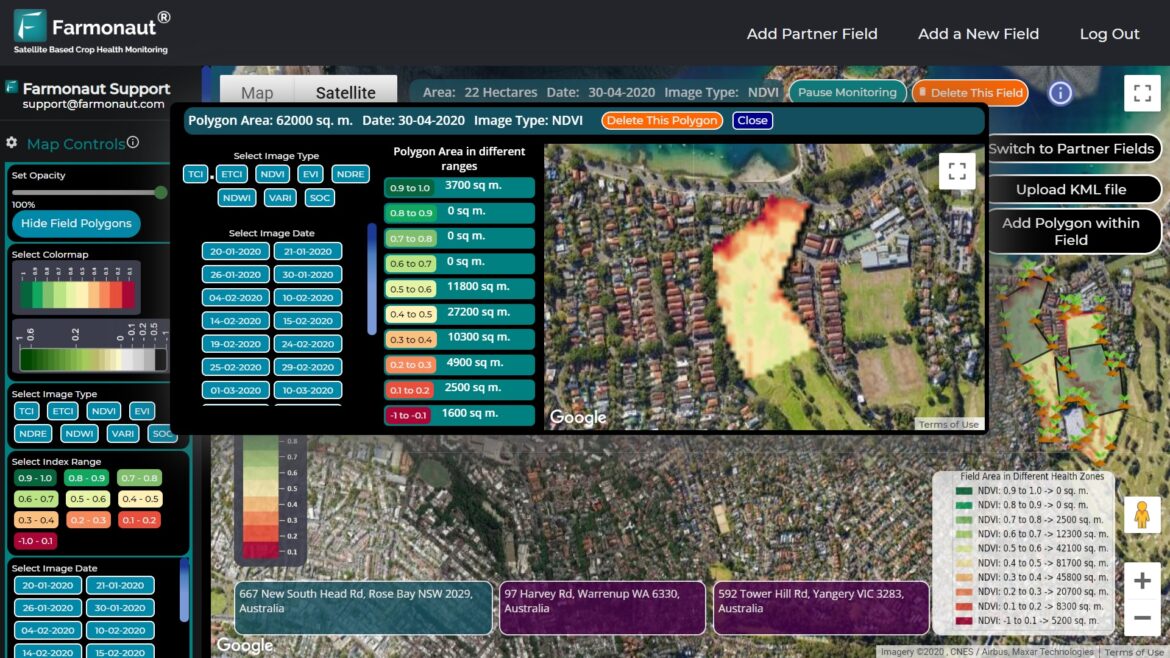“In 2025, Arbequina olive groves adopting eco-friendly fertilizers can reduce soil erosion rates by up to 35%.”
Introduction: The Pivotal Role of Olive Cultivation in 2026
Olive cultivation stands as a beacon of sustainable agriculture and forestry for 2026 and beyond, especially in Mediterranean and similar climates worldwide. With Arbequina olive tree and wild olive tree varieties at the forefront, olive trees remain integral to land restoration, agroforestry systems, and the global olive oil industry. Modern management and agricultural practices not only boost productivity but also contribute significantly to ecological balance, economic resilience, and environmental sustainability.
The rapidly expanding market for olive trees for sale, the push for eco-friendly olive tree fertilizer, and advances in tree breeding are reshaping traditional and commercial olive farming. In this comprehensive overview, we delve into the latest trends shaping 2026—exploring the importance of the Arbequina olive tree, the ecological roles of wild olives, cutting-edge fertilization techniques, and emerging opportunities for olive plant production worldwide.

Arbequina Olive Tree: The Preferred Cultivar for Modern Farming
Origin and Spread of the Arbequina Olive Tree
The Arbequina olive tree, originating from Catalonia, Spain, is highly valued for its outstanding adaptability. It has surged in popularity among farmers globally, favored for establishing both commercial and sustainable farming systems. As we move into 2026, its relevance intensifies due to:
High oil yield coupled with early fruiting—ideal for expedited return on investment.
Small, flavorful olives that produce a mild, buttery oil favored in gourmet and culinary markets.
Self-pollinating nature, compact size, and robust drought resistance, which collectively optimize planting and maintenance efficiency.
Compatibility with high-density groves—enabling maximized yield per hectare with minimal resource input.
These characteristics position the Arbequina among the most preferred cultivars in modern production, particularly in nations and regions mirroring Spain’s Mediterranean climate.
Advances in Precision Arbequina Olive Grove Management
With the rise of precision farming and technology-enabled management, 2026 sees substantial shifts in operational efficiency for Arbequina olive tree production:
Soil sensors and automated irrigation systems deliver water with tailored precision, significantly reducing runoff and maximizing water use efficiency.
Automated grove monitoring tools—leveraging satellite imagery and IoT devices—enable targeted interventions, ensuring optimal tree health with fewer inputs.
These advances collectively address environmental concerns by minimizing soil degradation and runoff associated with olive farming.
Precise input management is especially critical as climate patterns become less predictable, necessitating adaptive practices for sustainable olive production.

Genetic Traits Driving Arbequina’s Success
Selective breeding has enhanced the Arbequina’s genetic trait portfolio:
Improved drought tolerance and salinity resilience.
Increased pest resistance—resulting in fewer chemical interventions and healthier groves.
Consistent fruit set and yield stability through shifting weather patterns.
As a result, the Arbequina olive tree underpins sustainable and profitable agroforestry and olive cultivation worldwide.

Arbequina Olive Tree: Focus Keyword & Image Use
When selecting imagery for your olive farm or agribusiness site, ensure your image ALT text—for SEO and accessibility—includes phrases such as “Arbequina olive tree thriving in a high-density olive grove, Spain, 2026.”
Wild Olive Tree: Ecological and Agroforestry Importance
Wild Olive Tree (Olea europaea var. sylvestris) in Natural Landscapes
The wild olive tree—Olea europaea var. sylvestris—plays a critical role in agroforestry systems and landscape restoration. Native to the Mediterranean basin, it is especially renowned for:
Deep-rooted structures that aid soil stabilization and actively prevent erosion in hilly regions.
Functioning as an essential genetic reservoir, providing traits like drought and pest resistance vital for future olive breeding programs.
Supporting land restoration projects and combating land degradation, while also sequestering substantial quantities of carbon per hectare.
Offering resilience and adaptability to variable climates—a model for 2026’s changing environmental conditions.
This species remains pivotal in Mediterranean, African, and Asian regions where environmental restoration is top priority.
“Wild olive trees enhance agroforestry system biodiversity by supporting over 50 associated plant and insect species per hectare.”
Ecosystem Services: Biodiversity and Land Protection
The wild olive tree’s value is not limited to yield—its ecological importance is evidenced through:
Biodiversity support: Providing shelter, pollen, and food to insects, birds, and mammals.
Soil nutrient cycling: Through leaf litter and root turnover, thus enhancing landscape resilience.
Natural pest management: Interplanting with wild olives attracts beneficial insects and reduces the need for pesticides in mixed agroforestry.
For 2026, conservation approaches aim to balance wild olive harvesting (for wood or medicinal uses) with the preservation of ecological services.

Wild Olive Genetic Resources: The Foundation for Climate Resilience
Populations of wild olives are key to future tree improvement. Breeding programs in 2026 increasingly utilize wild olive traits—such as superior drought tolerance, low input requirements, and robust pest resistance—to develop robust cultivars that withstand climate variability and disease outbreaks.
Integrating wild olives into agroecological policy ensures a buffer against environmental and economic shocks, while securing vital genetic diversity for future generations.
Comparative Sustainability Impact Table
Olive Tree Type
Estimated Yield per Hectare (kg)
Water Usage per Year (m³/hectare)
Pest/Disease Resistance
Avg. Carbon Sequestration (tons CO₂/yr)
Biodiversity Support (Species/Index)
Recommended Eco-Friendly Fertilizer Rate (kg/ha/yr)
Arbequina Olive Tree
8,000 – 13,000
2,300 – 3,200
Medium
3.5 – 4.5
25 – 30
90 – 120
Wild Olive Tree
(Olea europaea var. sylvestris)
1,000 – 2,000
1,000 – 1,500
High
5.0 – 6.0
50+
30 – 50
Note: These values are based on estimates and vary by site conditions, rainfall, management practices, and local biodiversity indices. Eco-friendly fertilizer rates reflect practices favoring organic and bio-fertilizers for system health.
Olive Tree Fertilizer: Sustainable Practices for Enhanced Productivity
From Tradition to Innovation: The Evolution of Olive Tree Fertilizer in 2026
Sustainable olive fertilization practices have advanced rapidly in response to environmental concerns and rising costs, with a clear shift away from blanket chemical application. Today’s olive tree fertilizer programs focus on:
Precision application—using soil and leaf nutrient analyses to tailor nutrient mixes to the grove’s unique needs.
Improved nitrogen efficiency: Blends targeting slow-release nitrogen reduce total inputs by up to 30% and lower the risk of nitrate runoff.
Heightened emphasis on potassium (for fruit size/quality) and crucial micronutrients such as boron, zinc, and magnesium.
The adoption of organic and bio-fertilizers—incorporating mycorrhizae, beneficial bacteria, and composts for soil health and drought resilience.
Such practices not only boost productivity and yield in both Arbequina and wild olive tree systems but also help in restoring soil structure and reducing environmental impact.

Practical Steps for Eco-Friendly Fertilizer Application
Schedule fertilizer application based on plant growth stage—optimize both tree health and minimize excess, especially post-harvest and during bud formation.
Leverage cover crops and mulching to suppress weeds and retain soil moisture—vital in semi-arid climates.
Integrate crop rotation and agroforestry systems—enhancing nutrient cycling and improving soil biodiversity.
Monitor uptake with tools such as satellite-based NDVI and soil health indices for precision management.
With robust, eco-conscious fertilization, olive tree farming in 2026 will be greener, more productive, and more resilient against extreme climate events.
Discover how satellite remote sensing, advanced fertilizer recommendations, and AI solutions can supercharge your farm’s sustainability—explore Farmonaut’s crop plantation and forestry advisory service.

Olive Trees for Sale: Expanding Commercial and Agroforestry Opportunities
The olive trees for sale market in 2026 is not just about commercial orchard establishment. It also caters to multi-purpose projects including land reclamation, biodiversity restoration, and sustainable urban landscaping. Key trends include:
Nurseries are increasingly offering a range of cultivars—Arbequina, wild, and other regionally adapted varieties—chosen for their productivity, resilience, and eco-agronomic value.
Innovations in propagation—from conventional cuttings to micropropagation and tissue culture—ensure strong, disease-free olive plants for both new growers and restoration initiatives.
High-density planting with Arbequina enables smallholders and large agricultural enterprises to optimize land use and maximize yield and profitability.
For those investing in forest restoration or urban greening, seeking olive trees with proven drought tolerance and low input needs is a priority for long-term success.
Choosing Olives for Your Land: Practical Considerations
Select Arbequina olive tree for irrigated, high-density planting—ideal for high oil yield and steady commercial returns, especially in Mediterranean-like climates.
Choose wild olive tree for soil restoration, drought resilience, or as a buffer species in agroforestry systems—particularly valuable in hilly or degraded regions.
Assess propagation method (nursery stock, cuttings, tissue culture) to match project goals—disease resistance, growth uniformity, and cost.
Boost your carbon accounting and meet international sustainability targets—see Farmonaut’s carbon footprinting solutions for agroforestry projects.

Olive Trees and Blockchain-Based Traceability
As consumer demand for transparency rises, technologies like blockchain-based traceability empower growers and sellers to offer substantiated product history. This is particularly crucial for high-value olive oil and products derived from sustainable Arbequina and wild olive tree systems.
Learn how advanced traceability ensures transparency, trust, and market access—read about Farmonaut’s blockchain product traceability solutions for olive supply chains.

Sweet Olive Tree & Olive Plant: Niche Uses and Landscape Value
The sweet olive tree (Osmanthus fragrans)—unlike Olea europaea—is loved for its fragrant flowers rather than its fruit. In 2026, its niche uses include:
Serving as a keystone species for pollinators in agroforestry and urban landscapes.
Enhancing aesthetic and biodiversity value in parks and gardens, especially when interplanted with fruiting olive species.
Providing habitat and food resources for local wildlife, thus increasing overall ecological health.
Meanwhile, the term olive plant may encompass myriad species within the Oleaceae—all of which can be integrated into multi-purpose farming systems for shade, timber, or ornamental value.
Interested in landscape-scale olive planting and restoration advice?
Leverage Farmonaut’s large scale farm management platform for resource allocation, monitoring, and climate-smart planning.
Farmonaut’s Role: Satellite-Driven Sustainability in Olive Cultivation
As advocates for the responsible management of Arbequina olive tree, wild olive tree, and related species, we at Farmonaut are committed to making advanced technology accessible to all olive growers, researchers, and agroforestry professionals globally. Through our platform, users gain access to:
Satellite-based monitoring—enabling real-time, remote, and cost-effective oversight of olive groves, health conditions, and environmental impact.
JEEVN AI advisory—delivering personalized, AI-driven insights and weather forecasting for better olive management outcomes.
Blockchain-based traceability—empowering supply chain transparency and building consumer trust in organic and sustainable olives and oils.
Fleet and resource management tools—optimizing farm logistics and reducing input waste to drive operational efficiency.
Environmental impact tracking—from carbon footprint estimation to regulatory compliance monitoring (see more).
APIs for seamless integration—developers and agribusinesses can integrate our insights into their apps via our robust API (developer docs).
Our services are available through web and mobile apps:



Our mission is to empower smarter, data-driven decisions in sustainable agriculture, olive tree management, and restoration projects—delivering efficiency, transparency, and measurable ecological impact in every region.
Ready to scale your sustainable olive operations?
Explore satellite-based risk, loan, and insurance verification tools at Farmonaut’s crop loan and insurance page.
The Outlook for Olive Cultivation: 2026 & Beyond
The future of olive cultivation is guided by continuous advancements in science, data analytics, and regenerative practices. Key trends influencing 2026 and beyond include:
Tailored cultivar selection based on site-specific climate, soil types, and local agroforestry goals (maximizing both productivity and ecological function).
Widespread adoption of precision farming tools—from soil sensors to satellite health monitoring—delivering actionable intelligence at the tree, plot, and landscape scale.
Emphasis on biodiversity and ecosystem restoration, especially by integrating wild olive tree and sweet olive species into restoration layouts.
Eco-conscious fertilization (organic, slow-release, and biological amendments) to reduce pollution, improve soil, and maximize resilience.
Integration of olive tree agroforestry with livestock, grains, or horticulture—stacking economic and environmental benefits.
Big data and blockchain—enabling not only transparent, traceable supply chains but also allowing smallholder farmers improved access to global markets.
As farmers and land managers adopt these best practices, the olive sector stands to deliver on global sustainability, economic growth, and food security goals—ensuring that olives, and especially the Arbequina olive tree and wild olive tree, remain pivotal in agriculture and land restoration for decades to come.
Frequently Asked Questions (FAQ)
What makes Arbequina olive tree especially suitable for modern farming in 2026?
The Arbequina olive tree is renowned for its high oil yield, early fruiting, and adaptability to varied soils and climates, particularly those resembling the Mediterranean. These traits, combined with compact growth habits and self-pollination, make it ideal for high-density, efficient, and sustainable olive farming systems.
How do wild olive trees enhance biodiversity in agroforestry systems?
Wild olive trees support a diverse range of plant and insect species (often 50+ per hectare). Their presence promotes ecosystem complexity, provides food/habitat, and encourages beneficial insects, thus enhancing overall system resilience and stability.
Are sustainable olive tree fertilizer options as effective as conventional ones?
Yes. Eco-friendly fertilizer formulations—like composts, biofertilizers, and balanced blends—build soil health, increase nutrient-use efficiency, and reduce chemical runoff while maintaining (and often improving) olive yield and quality.
Can I purchase both Arbequina and wild olive trees for restoration or commercial use?
Absolutely. Most reputable nurseries offer olive trees for sale for both commercial orchard establishment and ecological restoration, including Arbequina and local wild olive varieties. Selection should depend on your site conditions and project objectives.
What is Farmonaut’s contribution to sustainable olive tree cultivation?
We provide advanced, satellite-based crop and land monitoring, AI-powered advisory (JEEVN), and blockchain traceability for olive production. These tools support efficient, transparent, and ecosystem-friendly management—empowering informed decision-making in olive agriculture and forestry.
How do eco-friendly olive fertilization practices reduce environmental impact?
By applying nutrients based on precise soil/plant needs and using organic or biological sources, modern fertilization practices limit nutrient losses, prevent groundwater contamination, and build healthy soils—foundations for long-term productivity and reduced environmental harm.
What are the main differences between sweet olive tree and Olea europaea species?
Sweet olive tree (Osmanthus fragrans) is primarily ornamental and valued for its scented blooms. In contrast, Olea europaea cultivars, such as Arbequina and wild olive tree, are grown for olive oil or fruit production and ecological functions.
Is planting wild olive trees profitable?
While wild olive trees typically produce less fruit and oil than commercial cultivars, they bring immense long-term value for soil restoration, ecosystem services, and as genetic resources—benefits recognized increasingly in payment-for-ecosystem-services schemes and land value premium models in 2026.
Farmonaut Subscriptions
For actionable, real-time insights into olive grove management, soil conditions, and resource efficiency, empower your operations with a Farmonaut subscription. Our modular pricing delivers flexibility for smallholders, large-scale farms, research institutions, and government agencies.
Summary: Arbequina Olive Tree & Wild Olive Trends into 2026
In the face of climate change and the drive toward healthier, more profitable, and sustainable food systems, olive trees—particularly the Arbequina olive tree and wild olive tree—will remain pivotal in agricultural, forestry, and restoration landscapes. With innovative propagation techniques, precise olive tree fertilizer regimens, genetic improvements, and integration of smart technologies (like satellite analytics and blockchain), farmers and land managers can secure both economic and ecological success.
For anyone considering investment in olive production, agroforestry restoration, or landscape enhancement, the year 2026 presents unprecedented opportunities—driven by data, collaboration, and a renewed commitment to sustainability.
The future of olives is bright, dynamic, and resilient. Harness the full potential of this ancient crop for modern times, and lead your region toward a greener, more sustainable future.
Get started today! Explore and monitor your olive plantation projects with Farmonaut’s state-of-the-art platform via Web, Android, or iOS apps.


Dining and Cooking